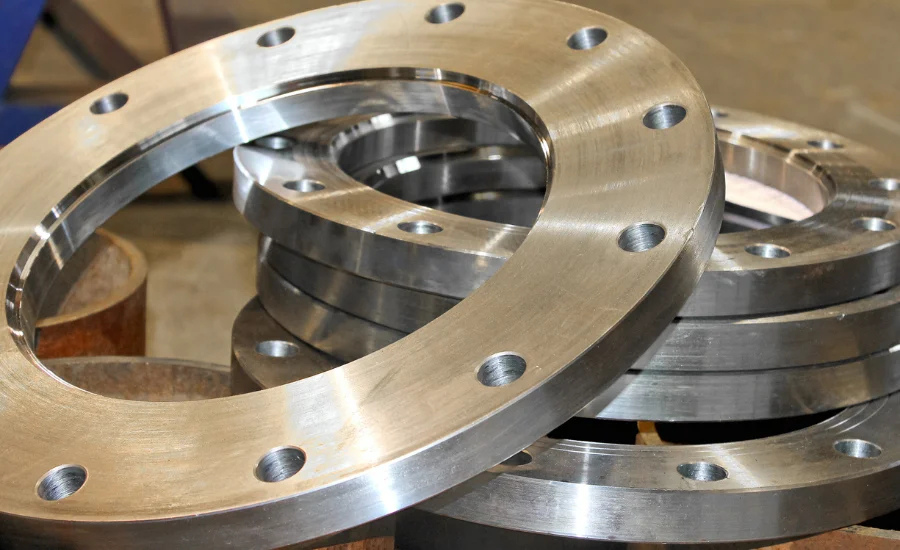Weld Neck vs. Slip-On vs. Blind Flanges: Which One is Best for You?
In the world of piping systems and pressure vessels, flanges are critical components that provide secure, leak-proof connections. Whether you’re in oil & gas, chemical processing, power generation, or water treatment, choosing the right flange type can make a significant difference in performance, safety, and maintenance.
Among the most commonly used flanges are weld neck, slip-on, and blind flanges. Each type serves a distinct purpose and is designed for specific use cases. Let’s explore how they differ and help you decide which one is best for your application.
Weld Neck Flange: High Strength and Pressure Resistance
What is it?
A weld neck flange (also known as a high-hub flange) is easily recognizable by its long tapered hub that gradually transitions to the pipe wall thickness. It is butt-welded to the pipe, providing excellent structural integrity.
- When to Use It:High-pressure or high-temperature environments
- Critical services where fatigue and stress are a concern
- Long-term reliability is a priority
Pros:
- Superior strength and stress distribution
- Leak-proof connection
- Ideal for severe service conditions
Cons:
- Higher cost
- Requires more welding and skilled labor
Best For: Power plants, refineries, offshore rigs, and heavy-duty industrial applications.
Slip-On Flange: Cost-Effective and Easy to Install
What is it?
A slip-on flange slides over the pipe and is then fillet welded on both the inside and outside. It’s a simpler alternative to the weld neck and is easier to align and install.
When to Use It:
- Low-pressure, low-temperature applications
- Systems where quick assembly is needed
- Projects with tight budgets
Pros:
- Easy and quick to install
- Lower fabrication costs
- Minimal skill required for welding
Cons:
- Less strength and fatigue resistance than weld neck
- Not ideal for high-pressure systems
Best For: Firefighting systems, HVAC, water supply lines, and non-critical services.
Blind Flange: Sealing Off Pipe Ends
What is it?
A blind flange is a solid disk used to block off a pipeline or create a seal at the end of a piping system. Unlike other flanges, it has no bore (hole).
When to Use It:
- Terminating a piping run
- Pressure testing or maintenance
- Allowing future pipeline expansion
Pros:
- Provides a secure seal
- Can be easily removed for inspections or modifications
- Handles high-pressure environments well
Cons:
- Can be heavy and bulky at larger sizes
- Requires sufficient support due to pressure load
Best For: Pipe closures, high-pressure testing setups, and system isolation points.
Conclusion: Which Flange is Right for You?
There’s no one-size-fits-all answer—the best flange depends on your specific application, pressure class, temperature, budget, and maintenance needs.
| Flange Type | Strength | Cost | Ideal Use |
| Weld Neck | High | High | High-pressure, high-stress systems |
| Slip-On | Medium | Low | General-purpose, non-critical use |
| Blind | High | Medium | Pipe closures and pressure testing |
Before choosing, always consult design codes (like ASME B16.5), consider the environment, and work with experienced engineers or suppliers.
Your flange choice isn’t just about connecting pipes—it’s about ensuring safety, reliability, and long-term efficiency.
